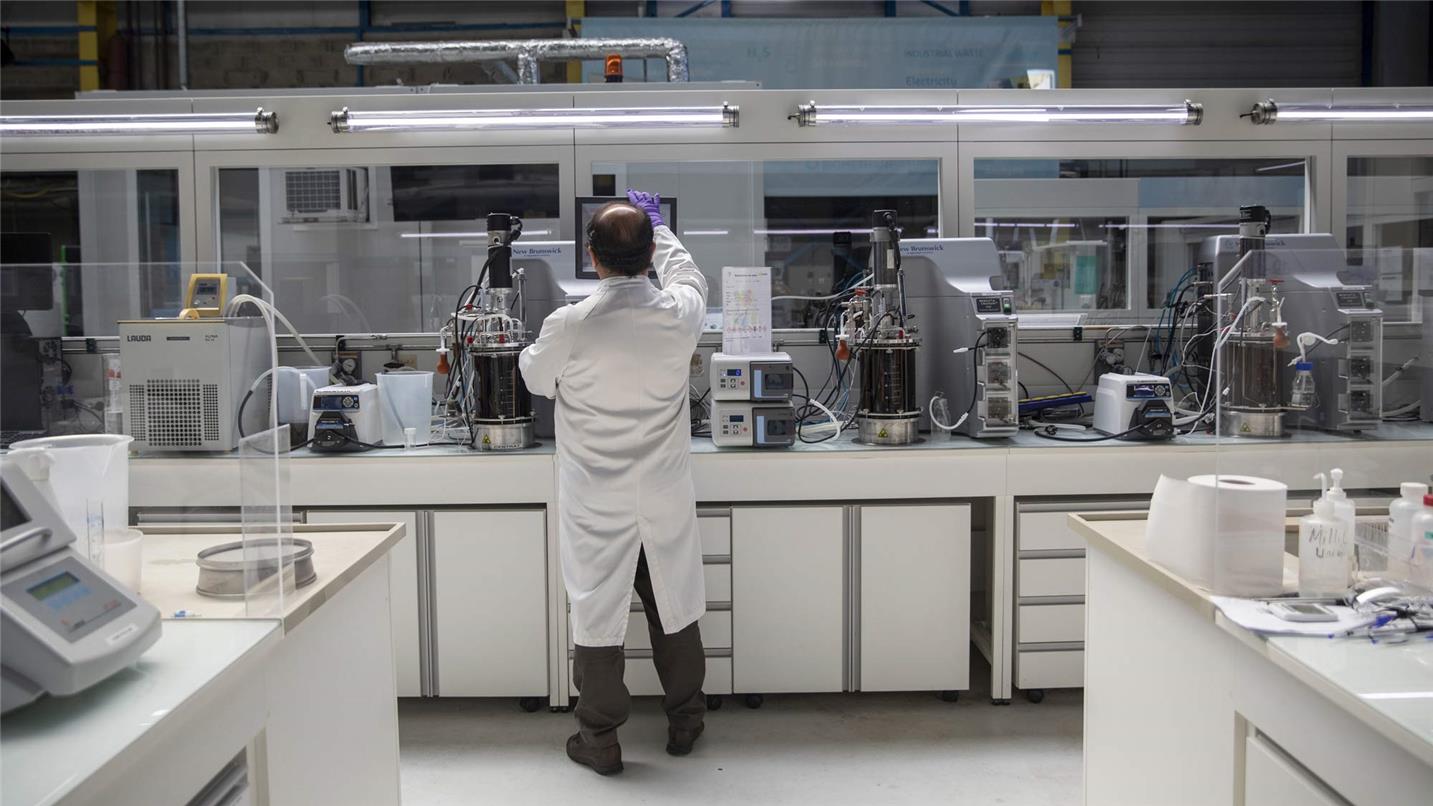In drinking water and wastewater
We have state-of-the-art laboratory protocols and equipment to analyse more molecules than those covered by current regulations. We can also count on a network of trusted partners to carry on analysis.
In drinking water, we are able to detect and analyse more than 65 PFAS molecules, with limits of quantification of up to 0.5 ng/l per molecule.
This proactive approach allows us to carry out controls aligned with local regulations. We have already carried out more than 40,000 analyses on PFAS in recent years.












